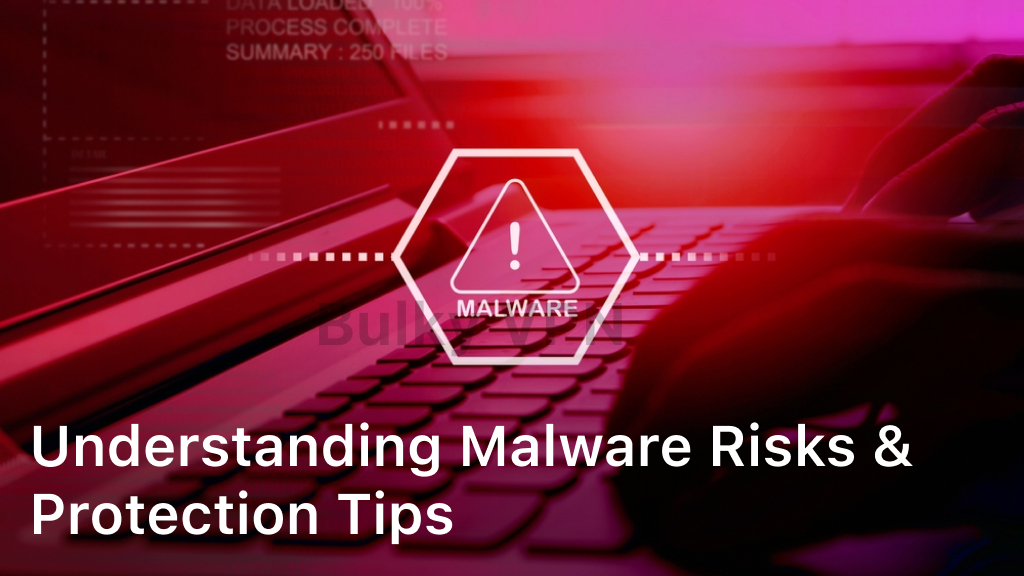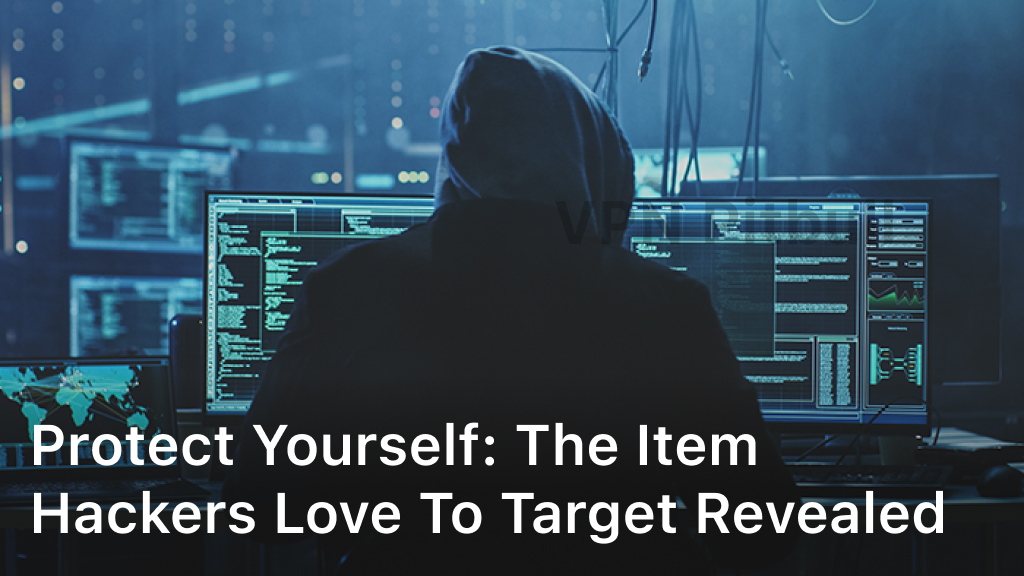
As our lives become increasingly digitized, the risk of cyber threats such as malware infections continue to grow. Understanding malware risks and taking proactive measures to protect yourself against them is essential in today’s digital landscape.
In this section, we will provide a comprehensive understanding of the various types of malware you may encounter, along with essential tips and strategies for safeguarding your online security. By the end of this section, you will have a better understanding of malware protection and the importance of staying vigilant against cyber threats.
Whether you’re an individual user or a business owner, protecting your devices against malware is critical. Without adequate protection, you leave yourself vulnerable to a range of cyberattacks, which can compromise your personal data, damage your devices, and even pose an existential threat to your organization.
That’s why this section will equip you with the knowledge and tools necessary to minimize the risk of malware infections and defend your digital life against cyber threats. Let’s dive in!
Recognizing Common Cyber Threats

Cyber threats such as viruses and malware can pose severe threats to your online security, compromising your sensitive data. Malware is a malicious program designed to harm your computer system, steal sensitive information or encrypt data, holding it hostage until a ransom is paid.
It is crucial to recognize the signs of possible malware infection to prevent potential damage to your device and data. Malware can cause your device to slow down, crash, or disrupt internet connectivity.
To prevent virus attacks, ensure that your internet security settings are secure and that you use reliable antivirus software, regularly updating them. Additionally, avoid opening attachments or downloading files from untrusted sources, as they may contain malware.
A well-informed user who exercises caution while navigating cyberspace would be less vulnerable to online attacks. Stay vigilant, and prioritize cybersecurity education to combat potential threats proactively.
Types of Malware and Their Risks
Malware is a blanket term for any software designed to cause harm to your computer or networks. In this section, we will explore the most common types of malware and the unique risks each one poses to your online security.
1. Viruses
A virus is a malicious program that attaches itself to a clean file, replicating when you or another user unknowingly accesses that file. This type of malware can cause significant damage to your computer, resulting in data loss, system malfunction, and even total system failure. Viruses can come from infected software, email attachments, or downloads from untrusted sources and can spread rapidly through networks, making early detection and removal essential.
2. Worms
Similar to viruses, worms are designed to replicate themselves and spread across devices and networks quickly. While viruses need a host file to latch onto, worms can self-replicate and spread without human interaction. Some worms are designed to carry out specific attacks, such as stealing valuable data or launching DDoS attacks, making them a significant risk to online security.
3. Trojan Horses
Trojan Horse malware is disguised as harmless software but once downloaded, it will provide hackers with backdoor access to your system, allowing them to steal valuable data, install additional malware or lock you out of your computer. Trojan Horse is often distributed through phishing emails or disguised as harmless software packages, making it imperative to scrutinize any downloads before proceeding with installation.
4. Ransomware
Ransomware is a particularly dangerous type of malware that locks you out of your device or system and demands payment to restore access. Cybercriminals use ransomware for financial gain and can use it as a tool for extortion, blackmail, and stealing sensitive information. Ransomware is often spread through phishing emails, social engineering, or software vulnerabilities, and can be challenging to detect and remove once installed.
To minimize the risks posed by different types of malware, it is critical to stay informed and up-to-date with the latest security measures. Implementing strong passwords, regularly updating software, avoiding suspicious downloads, using secure networks, and installing reliable antivirus software can all help keep your online security intact.
Safeguarding Your Online Security
Protecting against malware is crucial to ensuring your online security. While antivirus software is a good starting point, it’s equally important to take proactive measures to safeguard yourself against cyber threats. Here are some essential tips:
Create Strong Passwords
Using strong passwords is an effective way to protect your online accounts from hacking attempts. Avoid using the same password for multiple accounts, and consider using a password manager to keep track of your login information.
Regularly Update Your Software
Software updates often contain critical security patches that protect your device from known vulnerabilities. Set your devices to automatically install updates, or regularly check for available updates and install them as soon as possible.
Practice Secure Browsing Habits
Be cautious when browsing online, especially on unfamiliar websites or when receiving unsolicited emails. Look for the padlock icon in the URL address bar, which indicates that a website is using an encrypted connection. Avoid clicking on suspicious links or downloading files from untrusted sources.
Use Reliable Antivirus Software
Antivirus software is a powerful tool for detecting and removing malware on your device. Make sure you use reputable antivirus software and keep it updated regularly to ensure maximum protection against the latest cyber threats.
By following these tips and practicing good cybersecurity education, you can significantly reduce the risk of falling victim to malware attacks and protect your online security.
Best Practices for Malware Prevention
Preventing malware infections is crucial for protecting your online security against cyber threats. The following are some practical tips and best practices for safeguarding your devices and personal information:
Avoid Suspicious Emails and Attachments
Be cautious when opening emails from unknown senders, especially if they contain unsolicited attachments or links. This is a common tactic used by cybercriminals to spread malware and ransomware, so always verify the sender and content before clicking on anything.
Practice Safe Browsing Habits
When browsing online, avoid clicking on pop-ups, ads, or links from unverified sources. These can lead you to malicious websites that may infect your device with malware. Always check the URL of the website before entering any sensitive information, and don’t forget to log out of your accounts.
Be Cautious When Downloading Files
Downloading files from the internet can be risky, as they may contain malware. Only download files from reputable sources, and be sure to scan them with antivirus software before opening them.
Use Reliable Antivirus Software
To protect your devices from malware, always use reliable antivirus software and keep it up-to-date. This will help detect and remove any potential threats before they cause damage to your device.
Regularly Update Your Software
Regularly updating your software and operating system can close any vulnerabilities that may be exploited by cybercriminals. Always install the latest updates to ensure your device is protected against the latest threats.
By following these best practices for malware prevention, you can minimize the risk of cyber threats and protect your online security.
Detecting and Removing Malware
Malware, short for “malicious software”, can cause serious damage to your devices and compromise your online security. Fortunately, there are several techniques you can use to detect and remove malware from your computer or mobile device.
Using Antivirus Software
One of the most effective ways to detect and remove malware is to use reputable antivirus software. Antivirus software can identify and eliminate various types of malware, including viruses, spyware, and Trojans.
Make sure to keep your antivirus software up-to-date, as new malware threats are constantly emerging. You should also schedule regular scans to detect any malware that may have slipped through your protection.
Being Vigilant for Signs of Infection
Be vigilant for any signs of malware infection on your devices. Common symptoms of malware infection include slow system performance, frequent crashes, and unusual pop-up messages or browser toolbars.
If you suspect that your device may be infected with malware, immediately disconnect it from the internet and run a full scan using your antivirus software. This will help identify and remove any malware that may be present.
Removing Malware Manually
If you are an advanced user, you may be able to remove malware manually. However, this should only be attempted by experienced users, as it can be difficult and time-consuming.
If you do decide to manually remove malware, be sure to back up all your important files and data beforehand. This will help ensure that you don’t accidentally delete anything important during the removal process.
Remember, the best way to keep your devices safe from malware is to practice good cybersecurity habits. This includes using reputable antivirus software, keeping your software up-to-date, and exercising caution when downloading files or clicking on links.
Conclusion
To protect yourself from the ever-increasing cyber threats, it is essential to have a clear understanding of malware risks and how to protect against them. By implementing the tips and best practices outlined in this article, you can reduce the likelihood of falling victim to malware attacks and safeguard your digital life.
Remember the importance of staying informed and vigilant at all times. Keep your software updated, avoid suspicious emails and attachments, practice safe browsing habits, and use reliable antivirus software. By prioritizing your cybersecurity, you can protect yourself from the devastating consequences of malware infections.
Don’t overlook the significance of malware protection in today’s world. Educate yourself about cyber threats and take proactive measures to safeguard your online security. By doing so, you can enjoy a safer, more secure digital experience.
FAQ
What is malware?
Malware is a broad term that refers to any malicious software designed to infiltrate and damage a computer system or network. It includes viruses, worms, Trojan horses, ransomware, and other harmful programs.
How can I protect my computer from malware?
To protect your computer from malware, you should install reliable antivirus software, keep your operating system and applications up to date, use strong and unique passwords, be cautious when clicking on suspicious links or downloading files, and regularly back up your important data.
What are the signs that my computer may be infected with malware?
Some common signs of a malware infection include slow computer performance, frequent crashes or errors, unusual pop-ups or advertisements, unexpected changes to your homepage or desktop, disabled or blocked antivirus software, and unauthorized access to your personal information.
How can I prevent virus attacks?
To prevent virus attacks, you should regularly update your operating system and applications, avoid opening suspicious email attachments, use a reputable antivirus software with real-time scanning, enable a firewall, and exercise caution when browsing websites or downloading files.
What should I do if I suspect my device has malware?
If you suspect your device has malware, you should immediately disconnect it from the internet, run a full system scan using your antivirus software, and follow the recommended steps to remove the detected malware. If the issue persists, consider seeking professional assistance.





